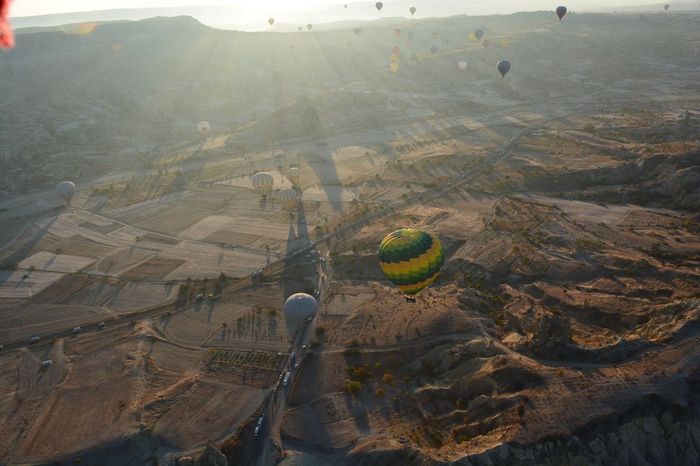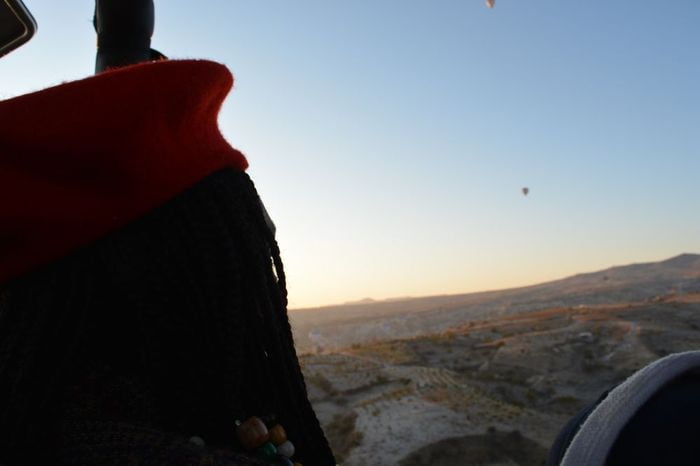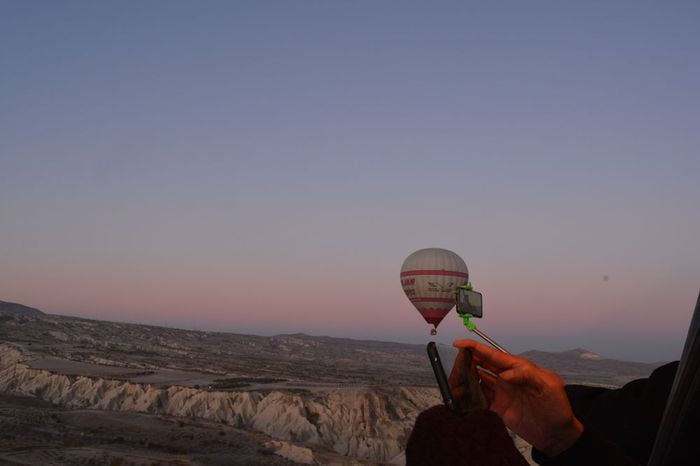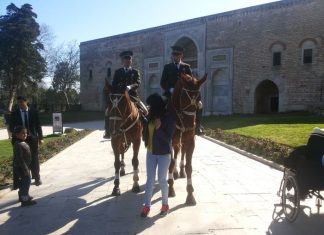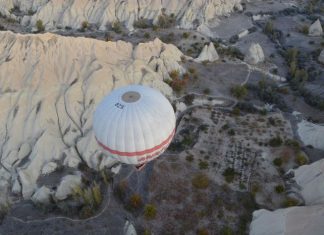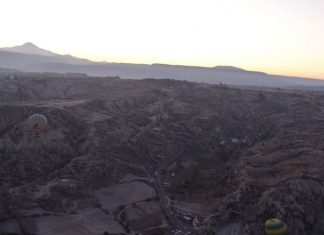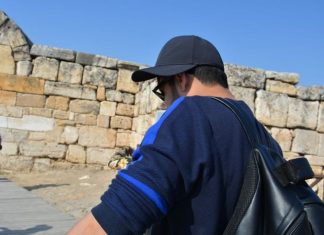Beautiful spot near Ephesus
Thence they sailed for Syracuse, a city in the same country. Sailing from Syracuse, they crossed the Adriatic and reached the city of Monembasia,[2] in the land of Slavinia, and from there they sailed to Chios, leaving Corinth on the port side. Sailing on from there, they passed Samos and sped on towards Asia, to the city of Ephesus, which stands about a mile from the sea. Then they went on foot to the spot where the Seven Sleepers lie at rest.[3] From there they walked to the tomb of St. John, the Evangelist, which is situated in a beautiful spot near Ephesus, and thence two miles farther on along the sea coast to a great city called Phygela, where they stayed a day.
At this place they begged some bread and went to a fountain in the middle of the city, and, sitting on the edge of it, they dipped their bread in the water and so ate. They pursued their journey on foot along the sea shore to the town of Hierapolis, which stands on a high mountain; and thence they went to a place called Patara, where they remained until the bitter and icy winter had passed. Afterwards they sailed from
[1] This is reported in her Acta to have taken place for the first time in A.D 252, when the pagans took her veil. See Acta Sanctorum for 5 February.
[2] Monembasia is a small town near the south of Morea. The Slavonic Bulgarians were all¬powerful at Constantinople, where they had placed Leo III on the imperial throne. It is not surprising, then, that Morea should have been occupied by them [Halsall note: Talbot seems to overlook widespread Slavic settlement in the Morea — i.e. the Peloponnese — at this period.]
[3] See Bollandists, Acta Sanctorum, 27 July. These seven martyrs suffered under the Emperor Decius about A.D. 250. He stopped up the mouth of the cave where they had taken refuge and so starved them to death. The names are: John, Constantine, Maxuninian, Malchus, Martinian, Denys and Serapion.
there and reached a city called Miletus, which was formerly threatened with destruction from the waters. At this place there were two solitaries living on ” stylites “, that is, colurnns built up and strengthened by a great stone wall of immense height, to protect them from the water. Thence they crossed over by sea to Mount Chelidonium and traversed the whole of it. At this point they suffered very much from hunger, because the country was wild and desolate, and they grew so weak through lack of food that they feared their last day had come. But the Almighty Shepherd of His people deigned to provide food for His poor servants.
Read More about Adventure Balkan Tours
